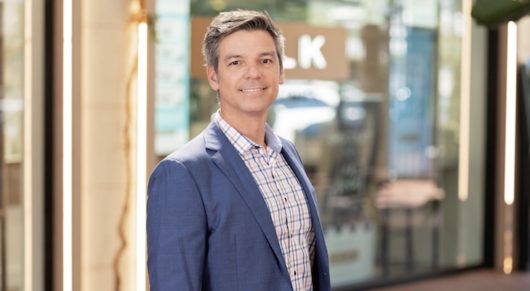
Trading channels and consumer profiles are changing at breakneck speed – and so are retail workforces. McKinsey Global Institute (MGI) research says automation will accelerate the shift in required workforce skills – seen over the past 15 years – with the strongest growth in demand driven by technological skills.
And this demand is expected to force companies to make significant organisational changes in addressing these skill shifts to stay competitive. Meanwhile, MGI says its survey of over 3,000 business leaders in seven countries highlights a new emphasis on continuous learning for workers and a shift to more cross-functional, team-based work. As tasks change, jobs will need to be redefined and companies will need to become more agile.
But technology is not the only force driving change across retail workforces, there’s a whole host of forces conspiring to shift operations at companies across the globe.
Bricks and clicks
There’s been a regular cycle of headlines about store closures heralding the death of retail, alongside those celebrating the never-ending boom in e-commerce.
But while such inflammatory stories are great clickbait, they fail to tell the whole story, according to John Kearney, general manager Asia Pacific at tech firm, Deputy.
“The future of retail isn’t about physical battling digital; it’s much more nuanced than that,” he says.
Kearney adds e-commerce trends are pushing retailers to focus on their operations — to meet new compliance standards, engage and keep tech-savvy employees.
“That means we all need to be able to stay a step ahead in terms of technology trends, market demands, and administrative requirements.”
In addition to automation necessitating workforce and wider industry changes, Kearney points to other forces impacting retail.
Omnichannel retailing has forced companies to provide customers with convenient shopping experiences in any location and from any device. Employers are also adopting the same approach for staffing requirements.
Meanwhile, mobile expectations are increasing expectations from both customers and employees, where a smartphone-first approach is now the new norm. Customers and employees expect to receive everything on their phone and to have tailored data-driven interaction with retailers.
And amid this backdrop of change, physical must now meet digital retailing, with the need for seamless experiences between both channels providing a comprehensive representation of a brand.
Omnichannel retail requires systems that simplify workflows for both employers and their staff.
Workplace trends
Deputy’s annual Shiftwork Index recently analysed 159 million shift hours worked by 1.5 million Aussie shift workers, which helps provide a glimpse into the world of the hourly paid workforce, to uncover industry and national workforce trends. Shift working employees or rostered workers currently represent two-thirds of the employed population globally.
Key findings in the Deputy Shiftwork Index include:
- Generation X — those born between 1965 and 1980 — are rostered for and are working the most hours, with an average of 111.2 hours per month, while Generation Z are working and being rostered for the least number of hours, with an average of 66 hours per month.
- The average age of the female shift worker in Australia is 28, while the average age of male shift workers is 29
- The average length of shifts for Australian shift workers is 6.6 hours
- The most common shift start time is 10pm and the most common clock-off time is 7am
- March is traditionally the quietest month in the year for shift workers in Australia, while May is the busiest.
- The busiest day of work for Aussie shift workers in the last 12 months was 12 June
- Weekends are still peak time for retailers even with the increase in online shopping
HR adaptation
While retailers have been keen to implement new and emerging technologies within their supply chain operations, HR departments are starting to catch up.
“Whether you run a chain of hardware stores across Queensland or one of Sydney’s fashion boutiques, you rely on your workforce to deliver value more efficiently than competitors,” says Kearney.
“Advances in technology are always changing how you do that and the way you work with your people, customers and providers remains a constant.”
Another major factor affecting HR operations includes compliance with emerging labour laws in Australia. The Fair Work Act of 2009 sets out more than 100 unique industry award wages, together with requirements for leave allowances, rest breaks, qualifications, and maximum weekly hours.
“From a HR perspective to stay compliant, you really need two things: a company mindset that puts legal obligations first and software with the right safeguards,” says Kearney.
Leading the way
Amazon and other major e-commerce marketplace operators are putting pressure on competitors to meet consumer’s lofty demands. Meanwhile, iconic Australian brands like David Jones and Woolworths rely heavily on their technology solutions to help them drive a faster and better service, adds Kearney.
“Australian-grown sustainable clothing business Glam Corner is an example of an online retailer that is using software to maximise its business,” he says.
“Dean Jones [Glamcorner CEO] regularly showcases his tech stack that supports the business to allow it to return the best results in an ethical way. We are lucky to have been working with Glam Corner since its beginning and really impressed to see its growth and soon global domination I’m sure.”
This article was written by Inside Retail in collaboration with Deputy.





